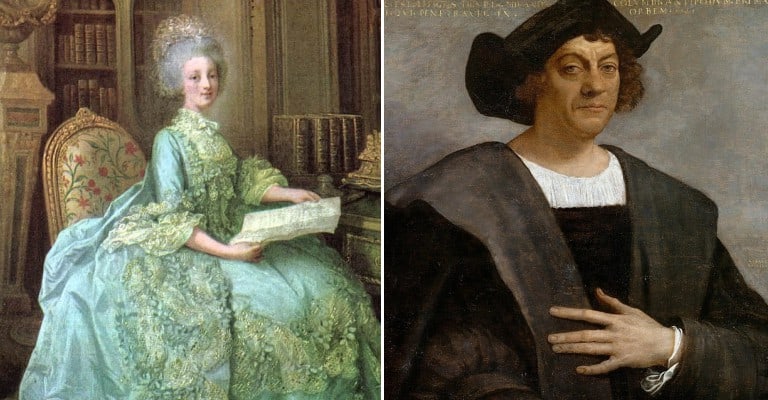History is a subject often distorted by the repetition of so-called facts which are misrepresentations of events and personalities. Some of these errors of fact are the result of deliberate distortions for political purposes, others simply the repetition of sloppy research, and still others the result of personal prejudice both at the time the events occurred and continuing down through the ages. Constant repetition of a falsehood does not make it a fact. Nonetheless, attempts to correct the historical record by the presentation of documented fact are often met with sneers and accusations of rewriting history for current political or sociological gain. Here are some documented historical facts which defy the popular conception of history.

1. There is no evidence that Marie Antoinette said “Let them eat cake”
The sneering comment regarding starving peasants having no bread long attributed to Marie Antoinette is erroneous, and has gone down through history as an example of the royal contempt of their citizens held by the French monarchy. In fact the phrase first appeared in the works of Jean-Jacques Rousseau, in which it is attributed to an unnamed “great princess”. In truth Marie Antoinette was deeply concerned with the plight of the poor in France, and a generous supporter of charity. In a letter to relatives in Austria the French queen noted the loyalty and support of her poorest subjects, and observed her duty “to work hard for their happiness”.

